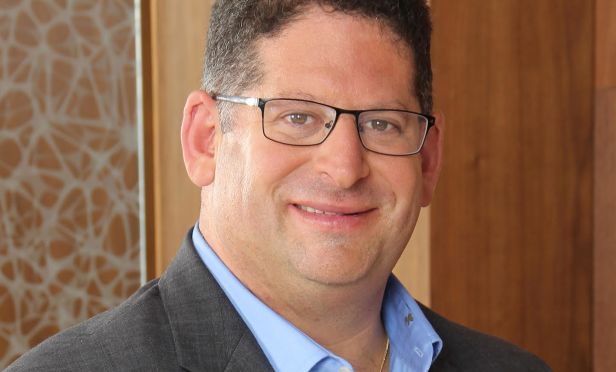
MIAMI—Property managers are put to the test during natural disasters like Hurricanes Irma, Harvey and Maria. Many times, major events cause property managers to rethink best practices. GlobeSt.com caught up with Paul Kaplan, managing director and cofounder of KW Property Management and Consulting, to get some insights in part one of this exclusive interview.
GlobeSt.com: What is the most important role a property management company plays when dealing with a storm event like hurricanes Irma, Harvey or Maria?
Kaplan: Communication is paramount when discussing property management best practices before, during and after a storm. Before Hurricane Irma, our team did very well by constantly communicating with our condominium and HOA board members about what to expect on what day. (Check out these important commercial real estate lessons from Hurricane Irma.)
That carried over to the immediate aftermath of the storm, when our team members were reaching out to board members to inform them when it would be safe to come back and what the damage looked like at their communities. With so many of our 1,100-plus employees and so much of our 65,000-plus unit portfolio located in Florida, these best practices have to be taught and implemented uniformly on a large scale.
GlobeSt.com: What are some of the critical actions property managers are taking before and immediately after a storm?
Kaplan: From a preparation standpoint before a storm hits, our team members are putting up flood barriers, notifying residents if they have anything on their balconies that must be removed and identifying which—if any—employees will stay at their properties on their own will. If the property is located in an evacuation zone, we do evacuate our employees unless they express a desire to stay there voluntarily. (Here's how technology is streamlining hurricane insurance claims.)
Immediately after the storm passes, our team gets to the properties as quickly and legally as possible to assess the damage. In places like Miami Beach and Sunny Isles Beach, we could not get in until the cities re-opened the roads to residents and other personnel, which was about 24 hours post storm.
© 2025 ALM Global, LLC, All Rights Reserved. Request academic re-use from www.copyright.com. All other uses, submit a request to [email protected]. For more information visit Asset & Logo Licensing.







